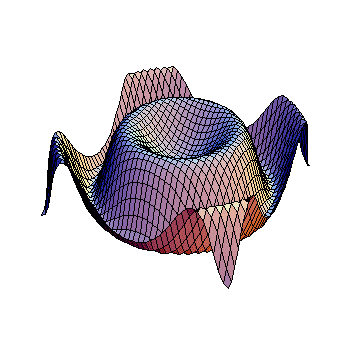Assuming you meant #NaOH#, to solve that, we must first get the molarity of the solution, i.e.: the concentration in moles per liter.
#0.1%# is the same as saying we have #0.1g# per #100 mL# so, we have
#C = (0.1g)/(100mL) = (1g)/(1000mL)#
As #1000 mL = 1 L# we can say that #C = 1 g*mL^(-1)#, from there we divide by the molar mass to get the molarity
#C = (1g)/(1L)*(1mol)/(40 g) = 0.025 mol*L^(-1)#
That's the concentration of #NaOH#, but since the concentration of liberated #OH^-# ions is the same as the concentration of the compound as a whole (since we have a strong base and a high enough concentration) we can say that
#pOH = -log(C)#
And that
#pH = 14 - pOH#
From the water equilibrium constant #K_w = [H^+][OH^-]=10^(-14)#
Or
#pH = 14 -(-log(C)) = 14 + log(C)#
Switching the values in, we have
#pH = 14 + (-1.60) = 14 - 1.60 = 12.40#
We can leave it at that, although proper chemistry would require you to aproximate that to the approximate number of sig figs, in this case, 1. So the answer would be #1*10^1#, but that's clunky, unnecessary and most likely not what your teacher wanted.

